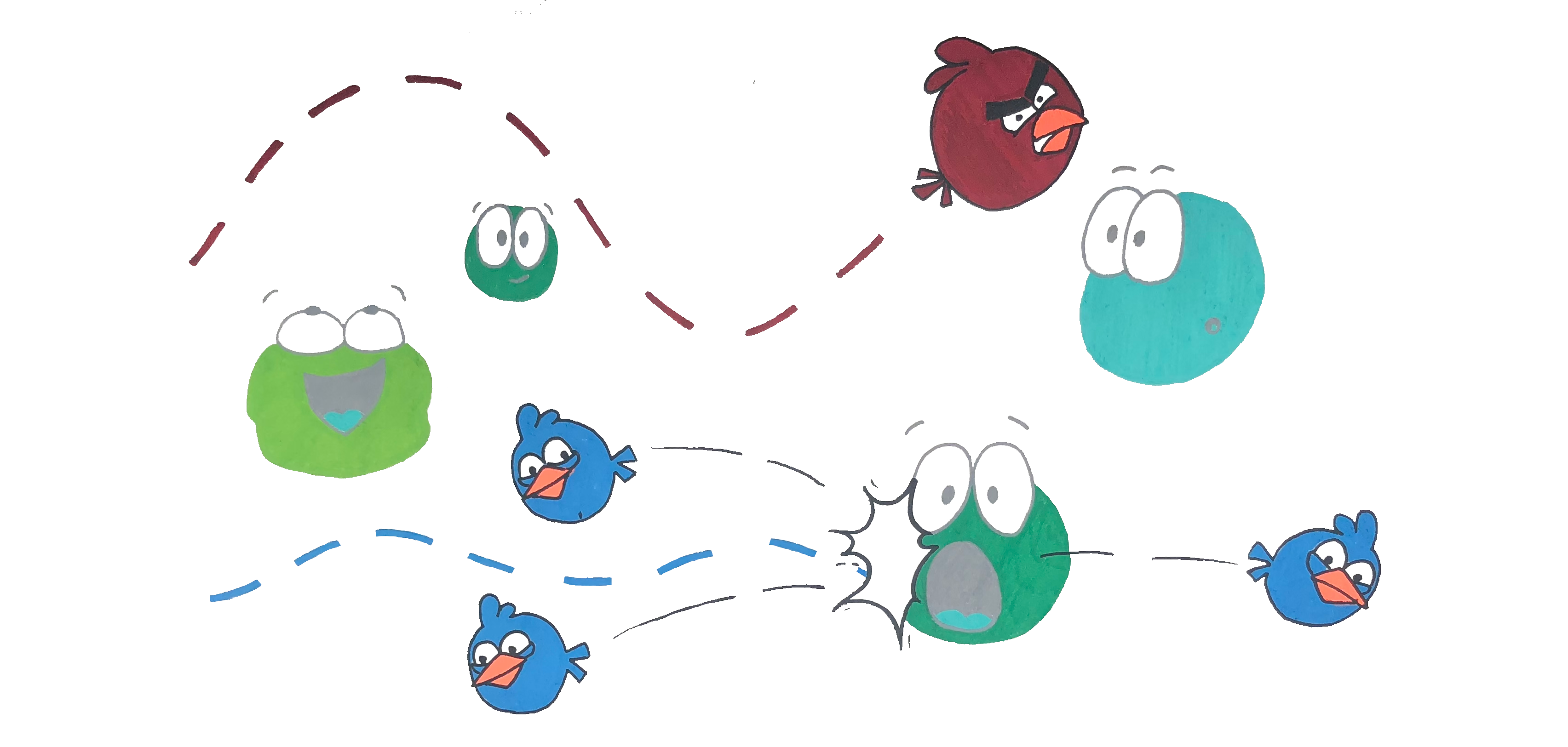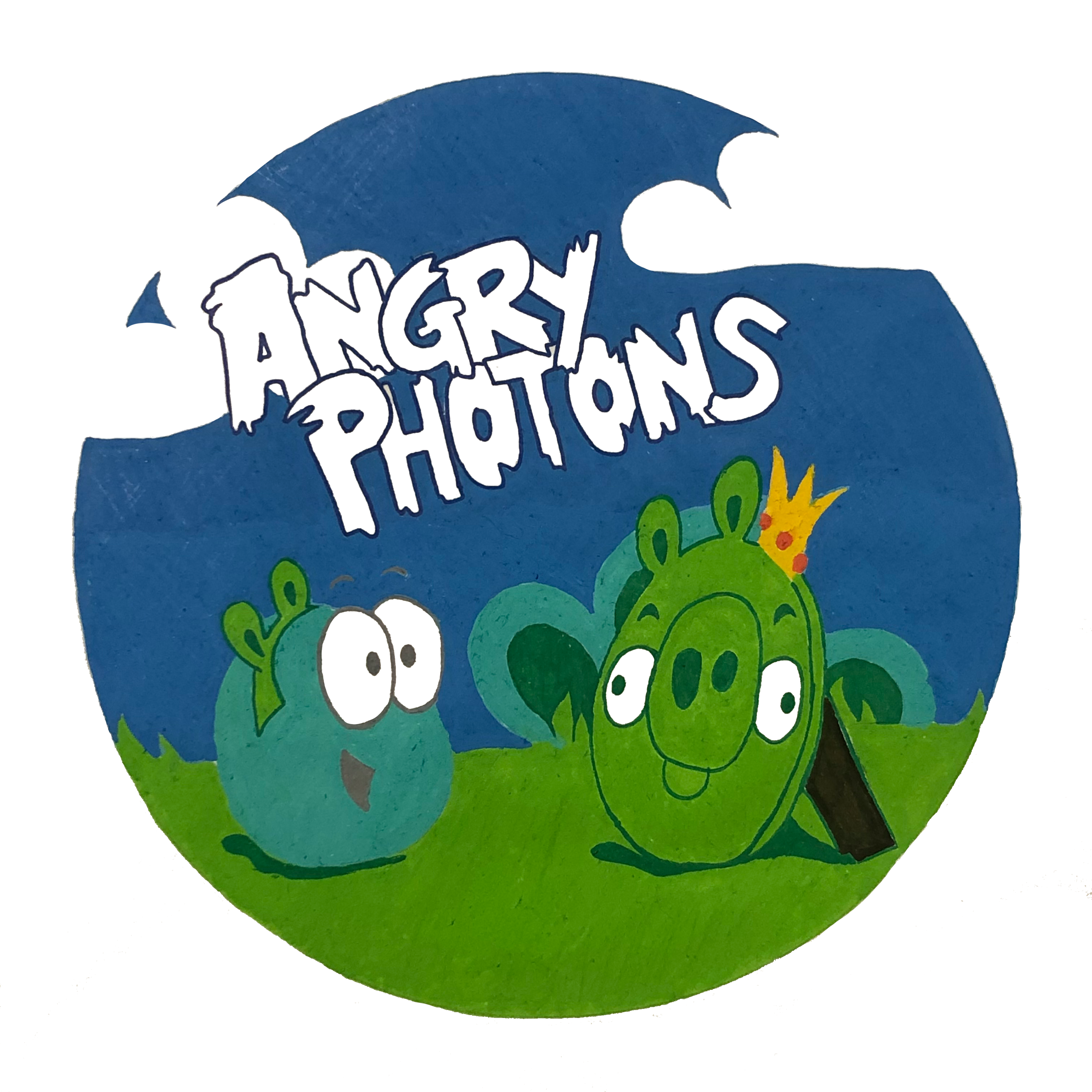Posts from January 2021
Looking at fingerprints of gasses (like the ingredients of our sun)
Why is the sky blue and not black like the rest of the universe?
This week I was studying very small particles (that make up gases) in our air.
We call these particles molecules. Many molecules make up the gases in our atmosphere.
Last week I talked about the fact that light waves can collide with these molecules.
Every molecule, every gas, can block/absorb very specific parts of light. So actually
we can say that gases absorb certain colours of light better than other colours.
This causes so-called absorption lines.
In astronomy we use these absorption lines to look at the ingredients of stars and gas clouds.
Stars, after all, are super-sized balls of hot gas. Just like on the Path a Like any star,
the Sun is made up of different gases. When we use a prism to break up a thin ray of sunlight
into all the different colours of the rainbow, we see a number of black lines. These are the
absorption lines from gasses of the sun. By looking at the location of these black lines in the
light spectrum, we can see which molecules cause these lines. This is how Pierre Janssen discovered
that the Sun is made up of the gas Helium. Because each type of gas causes a different dark line,
we can link a star to a unique combination of black lines, a kind of barcode. Because this barcode is
unique, I also like to call it a fingerprint.
So... I want to calculate how much light is reflected on the surface of the Earth.
To do this, I first need to know how light travels through all the layers of the atmosphere.
The air in the atmosphere consists of many gases (oxygen, water, ozone) that block light from the Sun.
By calculating how much gas there is in a layer, we can make a unique fingerprint of our own atmosphere.
Using this fingerprint I can calculate how much light I expect on the Earth's surface.
But how does the atmosphere ensure that we have a beautiful blue sky? Read more about that below!
 Why is the sky blue? •
If we compare red light with blue light, red light has a longer wavelength than blue light.
Therefore, the chance that blue light collides with molecules in the air is greater than for
red light to collide with the molecules. The collided blue light is reflected in all directions,
which we see on the Earth as a beautiful bright-blue sky!
Why is the sky blue? •
If we compare red light with blue light, red light has a longer wavelength than blue light.
Therefore, the chance that blue light collides with molecules in the air is greater than for
red light to collide with the molecules. The collided blue light is reflected in all directions,
which we see on the Earth as a beautiful bright-blue sky!
Now for an explanation with a little madness: I like to think in pictures, as a sort
of mnemonic device. This week I came up with the idea of explaining the principle of
the blue sky with the help of the game Angry Birds. As a player, you can shoot
coloured birds at little pigs. Each bird has its own characteristics. The red ones are
big and heavy and the blue ones are small and light. Therefore, I see the red ones as
long big waves and the blue ones as short small waves. If we both aim the red and blue birds
(photons) at the piglets (air particles), we have a greater chance of hitting the piglets with a smaller wave.
As soon as the blue birds hit a piglet, the blue birds are multiplied in all directions.
In this way everywhere in the sky, and everywhere on earth, we will see more blue birds than other birds. Like a blue sky.
